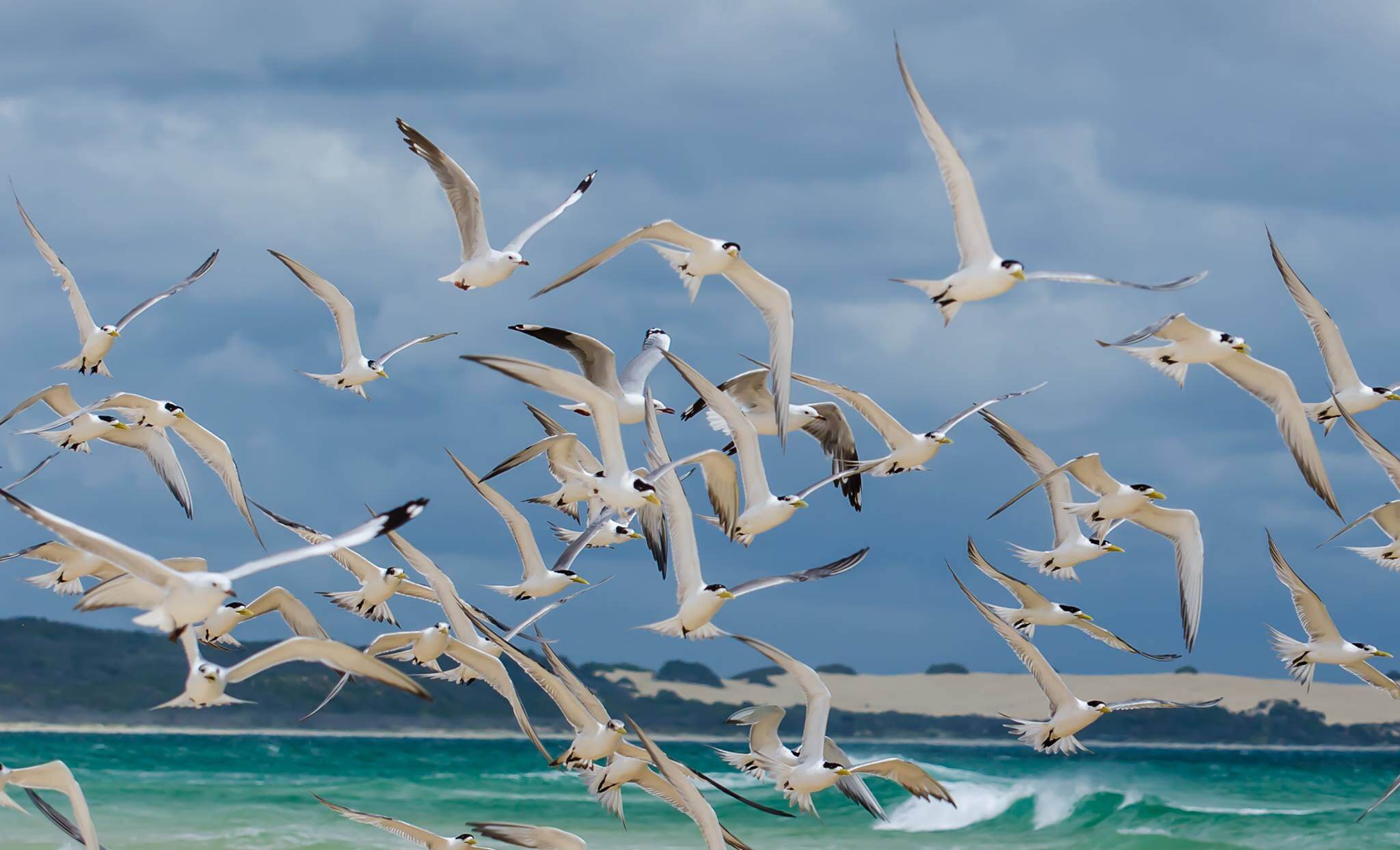Celebrating WIRES volunteers this International Volunteer Day
December 2025
For emergency rescue support 24/7 please call 1300 094 737

Viruses are not new, and some variants of avian influenza have existed in Australia for many years circulating in a low pathogenic form in some birds rarely causing disease. Since 1976 we've had 8 outbreaks where this low pathogenic form has switched to a high pathogenic form on chicken farms causing severe losses of chickens on these farms. Each time we've been able to contain and eradicate this variation. The current outbreak in NSW is at the point where it is almost considered eradicated.
Some of the avian influenza forms are of more concern than others in their abilities to infect our livestock and affect our wildlife, like the H5N1 form, which has never been seen in Australia.
Since 2021 a new variant of H5N1 has emerged known as H5N1 2.3.4.4b. This form can infect all types of birds and has also been able to infect mammals, something that has never been seen before with avian influenzas. This form has been circulating the globe with large-scale outbreaks killing millions of wild birds and tens of thousands of mammals. We have seen bird flu spread to all continents apart from Oceania (Australia and New Zealand) and experts are predicting it could arrive with the spring migration of shorebirds and seabirds that could enter Australia from the northern or southern routes. The current likelihood of spread to Australia has been assessed as moderate but if H5N1 did transfer with migratory birds the risk to Australian birds would be high.
WIRES has joined with organisations including Biosecurity, Wildlife Health Australia and the Taronga Wildlife Health Registry, to collaborate on the best ways for us to protect the impact this might have on our wildlife. Risk assessment work is underway as well as preparedness and response planning. WIRES and other key, expert organisations are working with the Australian government on possible ways to reduce wildlife deaths and prevent extinctions including:
Advice from the NSW Government recently asks the public to be vigilant and report what they see. Symptoms of avian influenza usually appear in several or all birds in a flock and include lack of coordination, arched head, paralysis, seizures, tremors, conjunctivitis, nasal secretions, laboured breathing and unusual sudden death.

Please find more information here
Stay in touch and get our regular rescue stories, WIRES updates and a free copy of our 15 Ways to Help Wildlife ebook
November 2025
November 2025
September 2025
August 2025
August 2025
August 2025